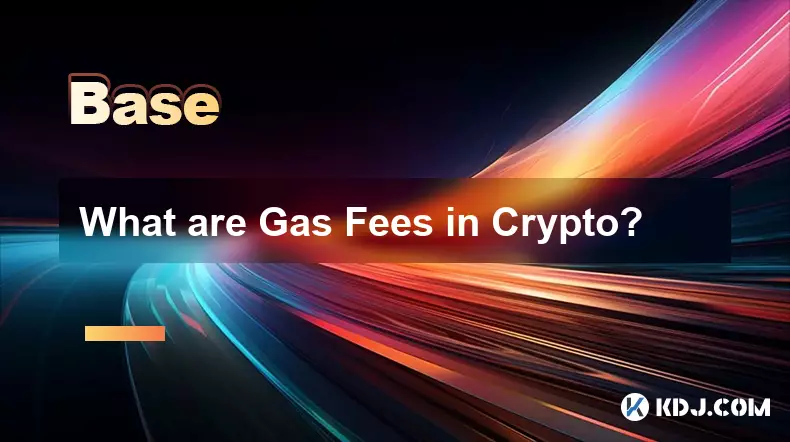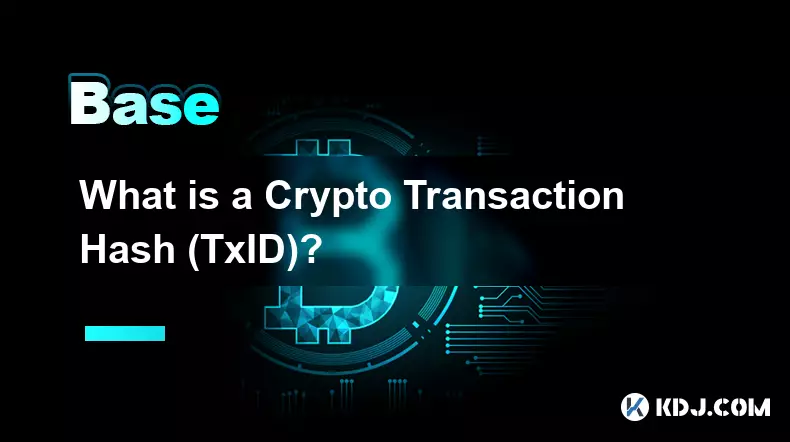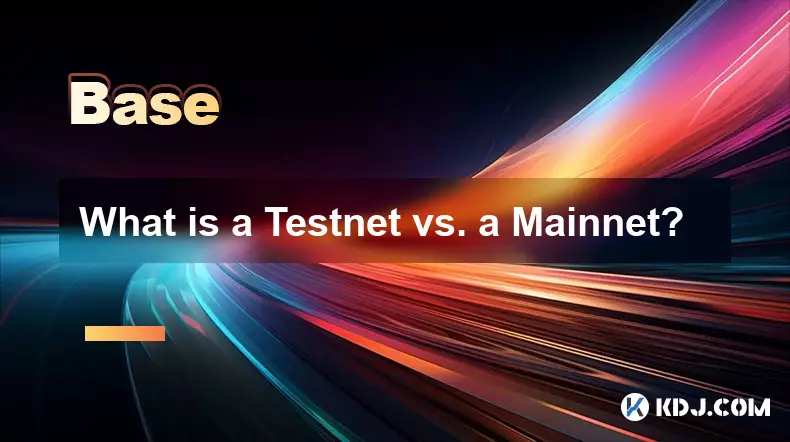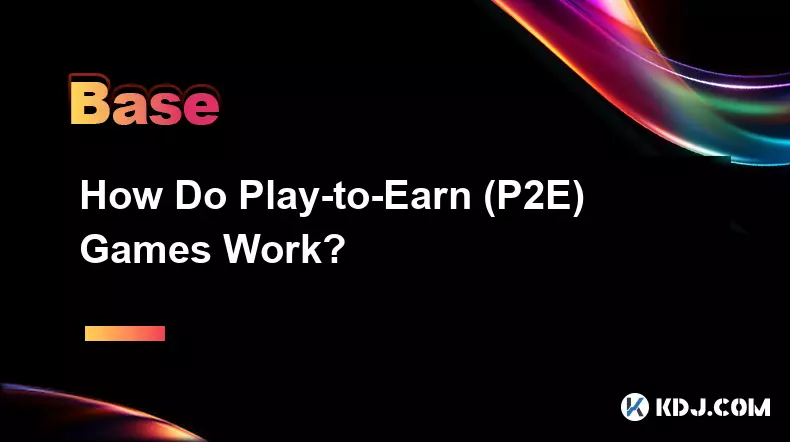-
 Bitcoin
Bitcoin $111100
0.49% -
 Ethereum
Ethereum $4304
0.21% -
 XRP
XRP $2.888
2.36% -
 Tether USDt
Tether USDt $0.9999
-0.03% -
 BNB
BNB $879.1
1.62% -
 Solana
Solana $207.9
2.67% -
 USDC
USDC $0.9998
-0.01% -
 Dogecoin
Dogecoin $0.2320
7.05% -
 TRON
TRON $0.3306
0.59% -
 Cardano
Cardano $0.8407
1.68% -
 Hyperliquid
Hyperliquid $48.50
3.55% -
 Chainlink
Chainlink $22.52
0.46% -
 Ethena USDe
Ethena USDe $1.001
-0.02% -
 Sui
Sui $3.395
0.74% -
 Bitcoin Cash
Bitcoin Cash $602.5
0.82% -
 Stellar
Stellar $0.3645
1.67% -
 Avalanche
Avalanche $24.82
0.93% -
 Hedera
Hedera $0.2211
0.99% -
 UNUS SED LEO
UNUS SED LEO $9.606
0.00% -
 Cronos
Cronos $0.2583
-2.44% -
 Litecoin
Litecoin $113.7
0.82% -
 Toncoin
Toncoin $3.094
0.39% -
 Shiba Inu
Shiba Inu $0.00001254
1.50% -
 Polkadot
Polkadot $4.040
4.96% -
 Uniswap
Uniswap $9.429
0.08% -
 Dai
Dai $0.9999
-0.01% -
 Ethena
Ethena $0.7629
3.04% -
 World Liberty Financial
World Liberty Financial $0.2111
-13.16% -
 Monero
Monero $269.9
0.50% -
 Aave
Aave $300.9
-0.41%
What are Gas Fees in Crypto?
High gas fees during peak times drive users to layer-2 solutions like rollups and sidechains for faster, cheaper transactions.
Sep 08, 2025 at 03:00 am

Understanding Gas Fees in Cryptocurrency Transactions
1. Gas fees are charges users pay to complete transactions on blockchain networks, especially those utilizing smart contracts like Ethereum. These fees compensate network validators or miners for the computational energy required to process and verify transactions. Without gas fees, there would be no incentive for participants to maintain the network’s integrity and security.
2. The term 'gas' refers to the unit that measures the computational effort needed to execute specific operations on the blockchain. Each action, whether sending tokens, interacting with a decentralized application (dApp), or deploying a smart contract, consumes a certain amount of gas. The total fee is calculated by multiplying the gas used by the gas price, typically denominated in gwei, a subunit of ether.
3. Gas fees fluctuate based on network congestion. During periods of high demand—such as when popular NFTs drop or decentralized finance (DeFi) protocols experience surges—users often compete by offering higher gas prices to prioritize their transactions. This auction-like mechanism ensures that the most urgent transactions are processed first but can lead to significantly increased costs.
4. Different blockchains handle gas fees in unique ways. Ethereum, for example, introduced the EIP-1559 upgrade, which split the fee into a base fee (burned) and a priority fee (paid to validators). This change added predictability and reduced fee volatility. Other networks like Binance Smart Chain or Polygon offer lower gas fees due to their consensus mechanisms and scalability solutions.
5. Users can manually adjust gas fees in many wallets, setting limits on how much they are willing to pay. Setting a low gas price may result in delayed transaction confirmation or failure, while setting it too high leads to unnecessary expenses. Monitoring real-time gas tracking tools helps users make informed decisions about optimal fee levels.
The Role of Gas Fees in Network Security
1. Gas fees act as a deterrent against spam and malicious activity. Since every transaction requires a fee, attackers cannot flood the network with meaningless operations without incurring substantial costs. This economic barrier helps preserve the stability and performance of the blockchain.
2. Validators and miners rely on gas fees as part of their income, especially as some networks transition toward lower block rewards. This financial incentive encourages honest participation in the consensus process, reinforcing decentralization and trustlessness.
3. Networks that fail to implement proper fee mechanisms risk becoming vulnerable to denial-of-service attacks. A well-structured gas system ensures that resources are allocated efficiently and that users pay for the actual computational load they impose.
4. The burning of base fees, as seen in Ethereum post-EIP-1559, introduces a deflationary aspect to the native token. This reduces the overall supply over time, potentially increasing scarcity and influencing the token’s market dynamics.
5. High gas fees during peak times highlight the need for scalable infrastructure and layer-2 solutions such as rollups and sidechains, which process transactions off the main chain to reduce congestion and costs.
How Users Can Manage Gas Expenses
1. Utilizing gas estimation tools like Etherscan’s Gas Tracker or MetaMask’s built-in fee suggestions allows users to choose appropriate fee levels based on current network conditions. These tools display low, average, and high fee options, helping users balance speed and cost.
2. Scheduling non-urgent transactions during off-peak hours—typically late at night or early morning UTC—can drastically reduce fees. Activity levels on major blockchains often follow predictable patterns tied to global user behavior.
3. Exploring alternative networks with lower fees is a practical strategy. For instance, moving assets to Polygon or Arbitrum for DeFi interactions can save significant amounts compared to executing the same actions on Ethereum’s mainnet.
4. Wallets with advanced fee customization let users set maximum fee limits and priority premiums. Understanding these settings prevents overpayment and gives greater control over transaction execution.
5. Layer-2 protocols absorb much of the transaction load, offering near-instant confirmations and fees amounting to fractions of a cent, making them ideal for frequent, small-value transfers.
Frequently Asked Questions
What causes gas fees to spike suddenly?Sudden spikes occur when demand for block space exceeds supply. This often happens during high-profile token launches, NFT mints, or flash crashes in DeFi markets, where users rush to execute transactions simultaneously.
Can gas fees be completely avoided?No, gas fees cannot be entirely avoided on most blockchains because they are fundamental to transaction processing. However, certain sidechains and layer-2 networks offer near-zero fee models by batching transactions or using different consensus mechanisms.
Why do some blockchains have lower gas fees than others?Lower fees are typically the result of higher throughput, efficient consensus algorithms (like Proof-of-Stake or Delegated Proof-of-Stake), and architectural designs focused on scalability. Networks with fewer users or less computational demand also naturally incur lower fees.
What happens to the gas fees after a transaction is processed?In Ethereum, part of the fee (the base fee) is burned, removing it from circulation, while the tip is given to the validator. On other chains, the entire fee may go directly to miners or stakers as a reward for securing the network.
Disclaimer:info@kdj.com
The information provided is not trading advice. kdj.com does not assume any responsibility for any investments made based on the information provided in this article. Cryptocurrencies are highly volatile and it is highly recommended that you invest with caution after thorough research!
If you believe that the content used on this website infringes your copyright, please contact us immediately (info@kdj.com) and we will delete it promptly.
- Backpack Exchange: Europe's New Frontier for Perpetual Crypto Trading
- 2025-09-08 17:05:14
- Paxos USDH: Stablecoin Innovation with Token Buybacks and Reserve Fund
- 2025-09-08 16:45:14
- Lyno AI: The Smart Crypto Bet Beyond Ethereum and Bitcoin?
- 2025-09-08 16:45:14
- Decoding Crypto Returns: How BlockDAG is Redefining Investment in 2025
- 2025-09-08 17:05:14
- Worldcoin (WLD) Price Pumping: Decoding the Rally
- 2025-09-08 16:50:12
- Lyno AI vs. XRP: The Investment Showdown of 2025
- 2025-09-08 17:50:12
Related knowledge

What is a Crypto Transaction Hash (TxID)?
Sep 07,2025 at 01:18pm
Understanding the Role of a Crypto Transaction Hash1. A crypto transaction hash, often referred to as TxID, is a unique identifier generated when a tr...

What is On-Chain and Off-Chain Data?
Sep 07,2025 at 04:55pm
Understanding On-Chain Data1. On-chain data refers to all information that is recorded directly on a blockchain. Every transaction, smart contract exe...

What is a Testnet vs. a Mainnet?
Sep 08,2025 at 05:55am
Understanding the Core Differences Between Testnet and Mainnet1. A Testnet is a parallel blockchain network used exclusively for testing purposes. Dev...

How to do Your Own Research (DYOR) in Crypto?
Sep 08,2025 at 08:00am
Understanding the Foundations of Crypto Projects1. Every cryptocurrency project starts with a foundational whitepaper. This document outlines the tech...

What is a Bull Market vs. a Bear Market?
Sep 08,2025 at 11:00am
Bull Market Characteristics in the Cryptocurrency Space1. Prices across major digital assets experience sustained upward momentum, often driven by inc...

How Do Play-to-Earn (P2E) Games Work?
Sep 07,2025 at 10:54am
Understanding the Core Mechanics of Play-to-Earn Games1. Play-to-Earn (P2E) games operate on blockchain technology, allowing players to earn cryptocur...

What is a Crypto Transaction Hash (TxID)?
Sep 07,2025 at 01:18pm
Understanding the Role of a Crypto Transaction Hash1. A crypto transaction hash, often referred to as TxID, is a unique identifier generated when a tr...

What is On-Chain and Off-Chain Data?
Sep 07,2025 at 04:55pm
Understanding On-Chain Data1. On-chain data refers to all information that is recorded directly on a blockchain. Every transaction, smart contract exe...

What is a Testnet vs. a Mainnet?
Sep 08,2025 at 05:55am
Understanding the Core Differences Between Testnet and Mainnet1. A Testnet is a parallel blockchain network used exclusively for testing purposes. Dev...

How to do Your Own Research (DYOR) in Crypto?
Sep 08,2025 at 08:00am
Understanding the Foundations of Crypto Projects1. Every cryptocurrency project starts with a foundational whitepaper. This document outlines the tech...

What is a Bull Market vs. a Bear Market?
Sep 08,2025 at 11:00am
Bull Market Characteristics in the Cryptocurrency Space1. Prices across major digital assets experience sustained upward momentum, often driven by inc...

How Do Play-to-Earn (P2E) Games Work?
Sep 07,2025 at 10:54am
Understanding the Core Mechanics of Play-to-Earn Games1. Play-to-Earn (P2E) games operate on blockchain technology, allowing players to earn cryptocur...
See all articles

























































































